Investigation on Macrofungi in Zhanjiang City
DOI: 10.23977/erej.2023.070504 | Downloads: 15 | Views: 1257
Author(s)
Yanjun Yu 1, Yuanxin Liang 1, Yulin Cheng 1, Rong Shen 1, Dongmei Lu 1
Affiliation(s)
1 College of Life Science and Technology, Lingnan Normal University, Zhanjiang, 524048, China
Corresponding Author
Dongmei LuABSTRACT
Macrofungi are an important group of mycorrhizal species, many of which have high nutritional and medicinal values and are the most promising category of mycorrhizal species for development and application. In order to improve the understanding of the biodiversity of Zhanjiang, more than 100 specimens collected from research in the region were used as materials, and the macrofungi species in the region were judged to belong to 8 orders, 19 families, 31 genera and 45 species by reviewing relevant literature. In terms of family and genus composition, the most dominant family was Polyporaceae and the most dominant genus was Polyporaceae. In terms of geographic distribution, the world-wide species were dominant, followed by subtropical-tropical genera. The macrofungal system of Zhanjiang has a high degree of similarity with that of Yunyang County, Yunnan Province, with a similarity of 41.67%, indicating that there may be a close relationship between these two places. Many macrofungi in this region have important economic value, with the edible and medicinal macrofungi species, accounting for 16.22% and 18.92% of the total species respectively. In addition, the ecological diversity and community diversity of the macrofungi in Zhanjiang were counted and analysed, aiming to serve as a guide for further research on the macrofungi in Zhanjiang.
KEYWORDS
Zhanjiang City, macrofungi, species diversity, resource evaluation, Zone compositionCITE THIS PAPER
Yanjun Yu, Yuanxin Liang, Yulin Cheng, Rong Shen, Dongmei Lu, Investigation on Macrofungi in Zhanjiang City. Environment, Resource and Ecology Journal (2023) Vol. 7: 26-39. DOI: http://dx.doi.org/10.23977/erej.2023.070504.
REFERENCES
[1] Li J. B., Li K. B., 2003. Analysis of climatic resources in Zhanjiang Bay and suggestions for its development and utilization. Guangdong Meteorology, 2: 43-46. (in Chinese).
[2] Li Q. Y., 2020. The Investigation and Assessment of Macromycetes Resource in Micangshan National Nature Reserve, Sichuan, China. Master Thesis of West China Normal University, Nan Chong. (in Chinese).
[3] Tan F. L., Li H. L., LI K. Y., 2018. Investigation and application of climbing plants in Zhanjiang City. Modern Horticulture, 12: 27-29, 193. (in Chinese).
[4] Li H. F., 2017. Investigations on the Status of Groundcover Plants Uses in Zhanjiang Urban Green Space. Anhui Agricultural Science, 45(13): 168-171, 181. (in Chinese).
[5] Song B., Deng W. Q., 2001. Preliminary analysis of macrofungi flora of Dinghushan Biosphere Eeserve in China. GuiZhou Science, 19(3): 43-49. (in Chinese).
[6] Song B., Deng W. Q., Zhang M., Li T. H., 2018. The Macrofungi Diversity in the Nanling Mountains. Tropical Geography, 38(3): 312-320. (in Chinese).
[7] Wu L. Q., 2021. Study on the Diversity of Macrofungi in Shenzhen. Master Thesis of Jishou University, JI Shou. (in Chinese).
[8] Wu X. L., 2011. Classification and Ecological Distribution of Macrofungi in the Bangliang Nature Resrve of Guangxi, China. Guizhou Science, 29(3): 08-19. (in Chinese).
[9] Xu L. C., Zhang H., Li Z. F., Xu C. S., 2006. Biodiversity Resources Protection and Sustainable Utilization of Macrofungi in Shandong Province. Edible Fungi of China, (2): 12-16. (in Chinese).
[10] Zhu Y. J., Chen J. X., Wei Y. Q., Hu Y. P., Zhang Y., Ma H. C., Wu J. R., 2021. Species diversity of macrofungi in Yuanyang county, Yunnan province, China. Journal of Arid Land Resources and Environment, 35(4): 154-159. (in Chinese).
[11] Liang X. N., Zhang Y., Li S. Z., Huang Q. C., Li T. S., Lu J. R., Fang W. J., Qin Q. H., 2021. Preliminary investigation on macrofungi resources under forest in Xinping county of Yunnan Province. Edible Fungi, 43(4): 13-19. (in Chinese).
[12] Wu X. L., Dai Y. C., Li T. H., Yang Z. L., Song B., 2011. Tropical fungi of China, Beijing: Science Press. 5-548. (in Chinese).
[13] Wu X. L., 2019. Macrofungi in Hainan Island, China. Beijing: Science Press. 1-494. (in Chinese).
[14] Wu X. L., 2017. Macrofungi of Maolan in China. Beijing: Science Press. 1-328. (in Chinese).
[15] Pan B. H., 2018. Atlas of wild macrofungi resources in Shanxi. Beijing: Science and Technology Literature Press. 1-606. (in Chinese).
[16] Wang X. H., Liu P. G., Yu F. Q., 2004. Atlas of wild commercial fungi in Yunnan. Kunming: Yunnan Science and Technology Press. 3-136. (in Chinese).
[17] Guo T., Yang R. H., Tang M. X., Hou D., Sun X. L., Wang L., LI Y., Bao D. P., Zhou X. W., 2022. Species diversity of macrofungi in the Mount Huangshan. Mycosystema, 1-20. (in Chinese).
[18] Lu W. L., Wei T. Z., Wang X. L., Li Y., Lu H. M., Yang L., Wang W. J., Yao Y. J., 2015. Species diversity of macrofungi in Beijing, China. Mycosystema, 34(5): 982-995. (in Chinese).
[19] Wang Y., Wang X., Ma S. Y., Zhou Y. H., Li Y., 2016. Resources Investigation of Macrofungi in Fenghuangshan Nature Reserve in Heilongjiang Province. Heilongjiang Agricultural Sciences, (6): 105-109. (in Chinese).
[20] Ma K. P., Liu Y. M., 1994. Methods for measuring biodiversity of biological communities Ⅰ α The measurement method of diversity (Part 2). Chinese Biodiversity. 2(4): 231-239. (in Chinese).
[21] Shannon C. E., Weaver W, Wiener N. 1950. The mathematical theory of communication. Physics Today, 3(9): 31-32.
[22] Ma K. P., 1994. Methods for measuring biodiversity of biological communities Ⅰ α Methods of measuring diversity (Part 1). Chinese Biodiversity, 2(3): 162-168. (in Chinese).
[23] Wang H. S, 1992. Floristic geography. Beijing: Science Press. 1-17. (in Chinese).
[24] Yang Y., Zhao L., Chen Y. L., Lin Y. L., Zhang L. P., Luan F. G., Wu F., Huo G. H., Yan J. Q., 2022. Diversity and Flora of Macrofungi in the Fuheyuan Nature Reserve in Jiangxi Province. Journal of Northwest Forestry University, 37(2): 164-169. (in Chinese).
[25] Xu J., 2012. Preliminary research on Macrofungi Resource in Hubei Province. Huazhong Agricultural University. 1-84. (in Chinese).
[26] Wang J. R., 2013. Biodiversity of Macrofungi in Shandong Province. Jilin Agricultural University. 1-148. (in Chinese).
[27] Zhang L. P., Zhang Y., Wang S., Luan F. G., Li D., Lin C. Y., 2013. eographical Components of Macrofungi Flora in Tongbo Mountain Nature Reserve, Jiangxi Province, China. Acta Agriculturae Universitatis Jiangxiensis, 35(3): 652-663. (in Chinese).
[28] Liu L. Z., 2017. Floristic Analysis of Macrofungi of South China Tigersin Nature Reserve in Yihuang. Journal of Anhui Agricultural Sciences, 45(31): 76-77+90. (in Chinese).
[29] Wang Y., Liu S., Ji X., Sun Y. F., Song C. G., Liu D. M., Cui B. K., 2021. Species diversity and floristic composition of polypores in the southern parts of Hengduan Mountains, Southwest China. Mycosystema, 40(10): 2599-2619. (in Chinese).
[30] Liu Z. X., Wang H. S., Liu S. H., Pan X. R., 2005. The Technique of Phellinus torielosus Planting and Controlling. Edible Fungi of China, (5): 28-29(in Chinese).
[31] Dai Y. C, 2004, Serpula (Aphyllophorales, basidomycota) in China. Mycosystema, 23(1): 7-10.
[32] Li R. T., Yang C. C., Ye W. X., 2020. Preliminary Investigation on Fern Resources and Landscape Application in Zhanjiang City. Anhui Agricultural Science, 48(11): 121-123. (in Chinese).
[33] Zhang J., 2021. Study on Macrofungi Diversity in Fanjingshan. Master Thesis of Guizhou Normal University, Gui Yang. (in Chinese).
[34] Tolgor Li Y., 2000. Study on fungal flora diversity in Daqinggou Nature Reserve. Chinese Biodiversity, 8(1) : 73-80. (in Chinese).
[35] Wen T. C., Deng C. Y., Wu X. L., 2015. Taxonomy and Molecular Identify on 7 Species of Wild Ganoderma from Hainan Island. Guizhou Science, 33(6): 1-8. (in Chinese).
[36] Sun L. H., Song G., Wang L. Y., Yun X. F., 2012. Ecological Diversity of Macro Fungi in Helan Mountain. Journal of Anhui Agricultural Sciences, 40(4): 2219-2222+2346. (in Chinese).
[37] Gu X. W., Wu B. R., He B. W., Ying G. H., Liu D. Y., 2012. Edible macrofungi resources in mountainous areas of southern Zhejiang Province. Zhejiang Agricultural Science, 11: 1515-1519. (in Chinese).
[38] Tan D. C., Zhou L. Y., Fan H. X., Zhang H., Wang J. M., Hua Y., 2019. Chemical Constituents of Trametes orientalis. Journal of Chinese Medicinal Materials. 42(2): 327-330. (in Chinese).
[39] Han J. Y., Yang S. B., Wang Z. B., Dai X. J., Zhang W. H., Luo Q., 2015. Toxicity of Lepiota cristata and Amanita pantherina Crude Compound Extract against Sitophlus zeamais Motschisky. Guizhou Agricultural Sciences, 43(12): 82-85. (in Chinese).
[40] Chen Y. L., Zhang L. P., Luan F. G., Wu F., Liu M., Deng W. Q., 2019. Resource and Ecological Distribution of Macrofungi of Laohunao Nature Reserve in Jiangxi Province. Edible Fungi of China, 38(11): 6-12. (in Chinese).
[41] Mao X. L., 1985. The Resources Of Macrofungi From The Mt. namjagbarwa Region in Xizang(Tibet), China. Acta Mycologica Sinica. 4(4): 197-207. (in Chinese).
[42] Fu Z. L., Cao X. W., Zhu X. T., Li D. C., Lai H. J., Wang H. B., Gao Z. H., 2017. Species diversity and zonation of macrofungi in the middle and upper reaches of the Bailong River forest region, 32(5): 183-188+275. (in Chinese).
| Downloads: | 5909 |
|---|---|
| Visits: | 433429 |
Sponsors, Associates, and Links
-
International Journal of Geological Resources and Geological Engineering
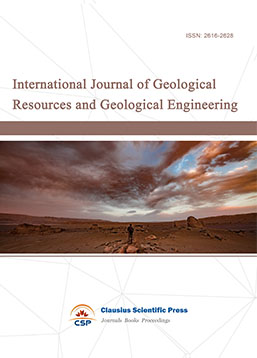
-
Big Geospatial Data and Data Science

-
Solid Earth and Space Physics

-
Environment and Climate Protection
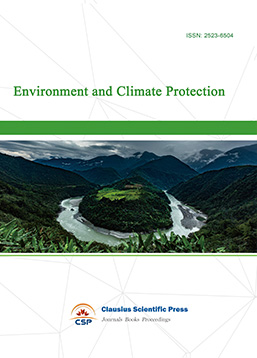
-
Journal of Cartography and Geographic Information Systems

-
Offshore and Polar Engineering

-
Physical and Human Geography
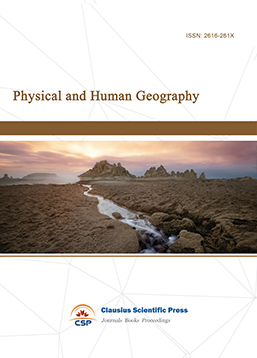
-
Journal of Atmospheric Physics and Atmospheric Environment
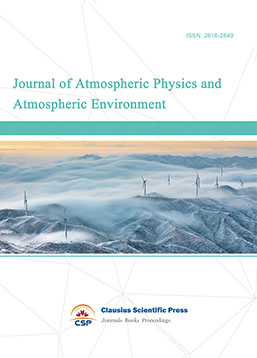
-
Trends in Meteorology

-
Journal of Coastal Engineering Research
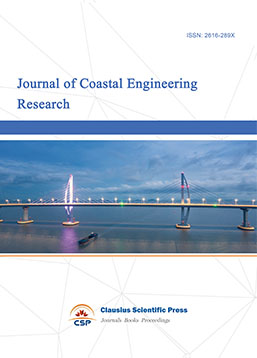
-
Focus on Plant Protection
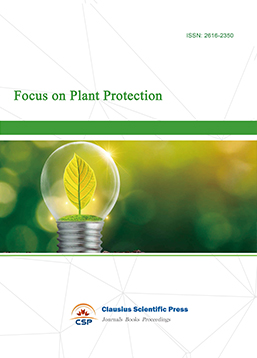
-
Toxicology and Health of Environment
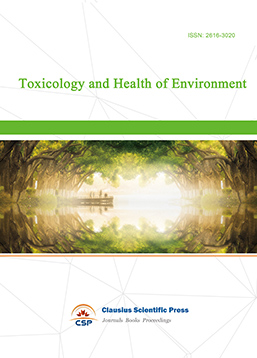
-
Geoscience and Remote Sensing
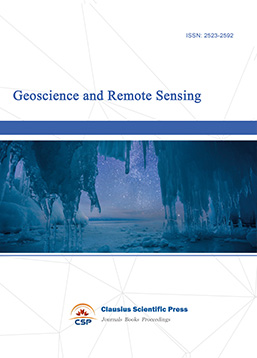
-
Advances in Physical Oceanography

-
Biology, Chemistry, and Geology in Marine
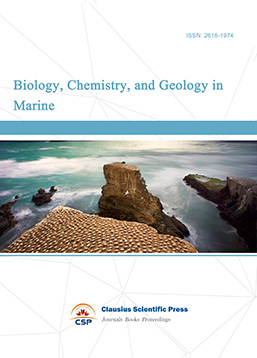
-
Water-Soil, Biological Environment and Energy

-
Geodesy and Geophysics

-
Journal of Structural and Quaternary Geology
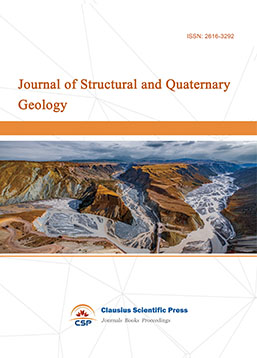
-
Journal of Sedimentary Geology

-
International Journal of Polar Social Research and Review


 Download as PDF
Download as PDF